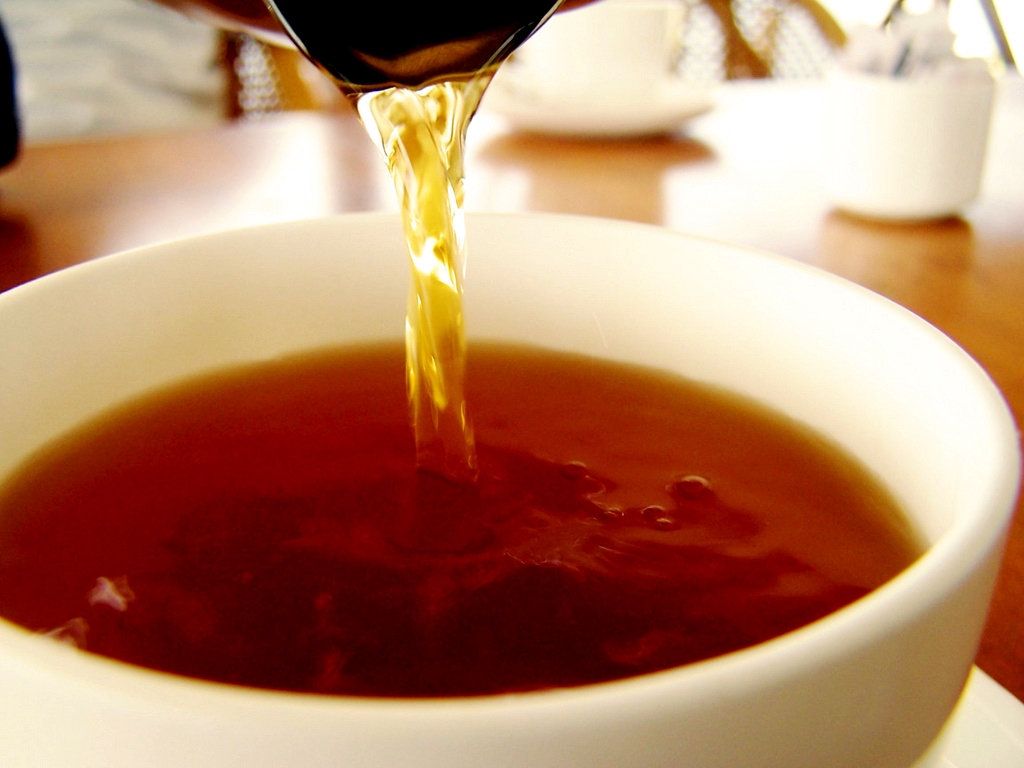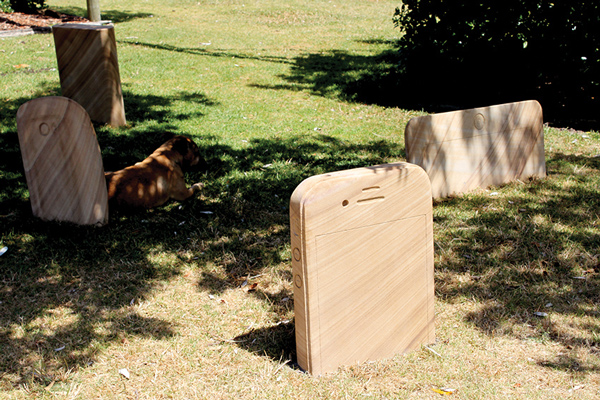Alex Dalland
Australians are consuming more tea than ever, but the reasons might behind their doing so may surprise you.
Tea has always been a staple in Australia, but according to market research group Roy Morgan 50 per cent of us drink at least one cup of tea a week, with an average of 9.5 cups of tea consumed per person. While the youngest age group surveyed only drank 5.5 cups on average, this increased to almost 11 cups per week for the 65+ age group – the proportion growing increasingly amongst each older age group.
“With one in every two Australians 14+ drinking it at least once in an average seven days, hot tea is one of the country’s most popular non-alcoholic beverages. Only tap water, milk and hot coffee are more widely consumed,” Norman Morris, Industry Communications Director for Roy Morgan says.
“Of course, age is just one factor to consider when it comes to Aussies’ tea-drinking habits and preferences. For example, Roy Morgan data also shows that sales of regular tea have actually declined slightly over the last five years, herbal/fruit tea sales have crept up, and green tea sales have plateaued.”
An earlier report by Roy Morgan shows that tea is indeed less popular than coffee, and black tea sales have been shrinking since 2010. According to the research, both green and herbal tea drinkers have a health-conscious outlook, with 57 per cent of green tea drinkers suggesting that they are vegetarian or near-vegetarian, and 51 per cent avoiding all dairy wherever possible.
“Tea has long been associated with its health-giving qualities. And our data shows that it apparently still is, revealing that people who purchase green, herbal and/or regular tea tend to be more diet-conscious than the average Australian,” Angela Smith, Group Account Director for Roy Morgan says.
“Regular tea remains the best-selling type by far, but the proportion of the population buying it in an average four weeks has declined slightly since 2010. Although it is still relatively niche, herbal/fruit tea is being purchased by a higher proportion of consumers than it was five years ago. The market for green tea has been stable since 2010.”












